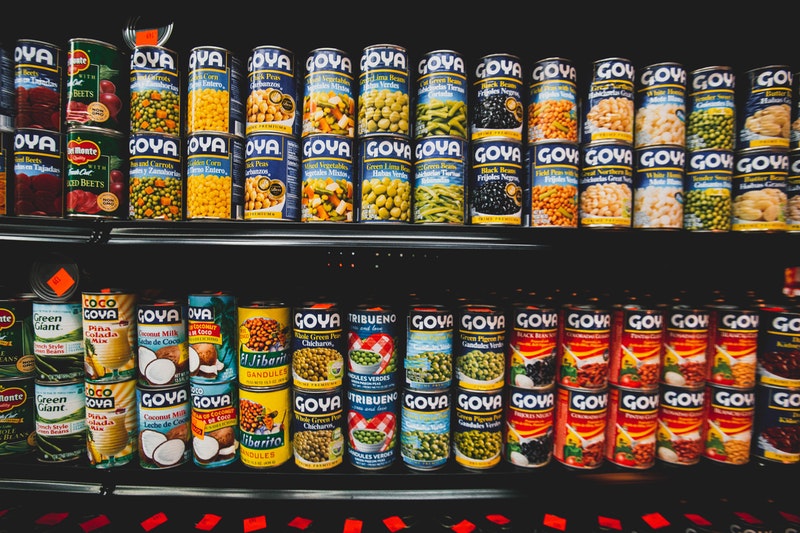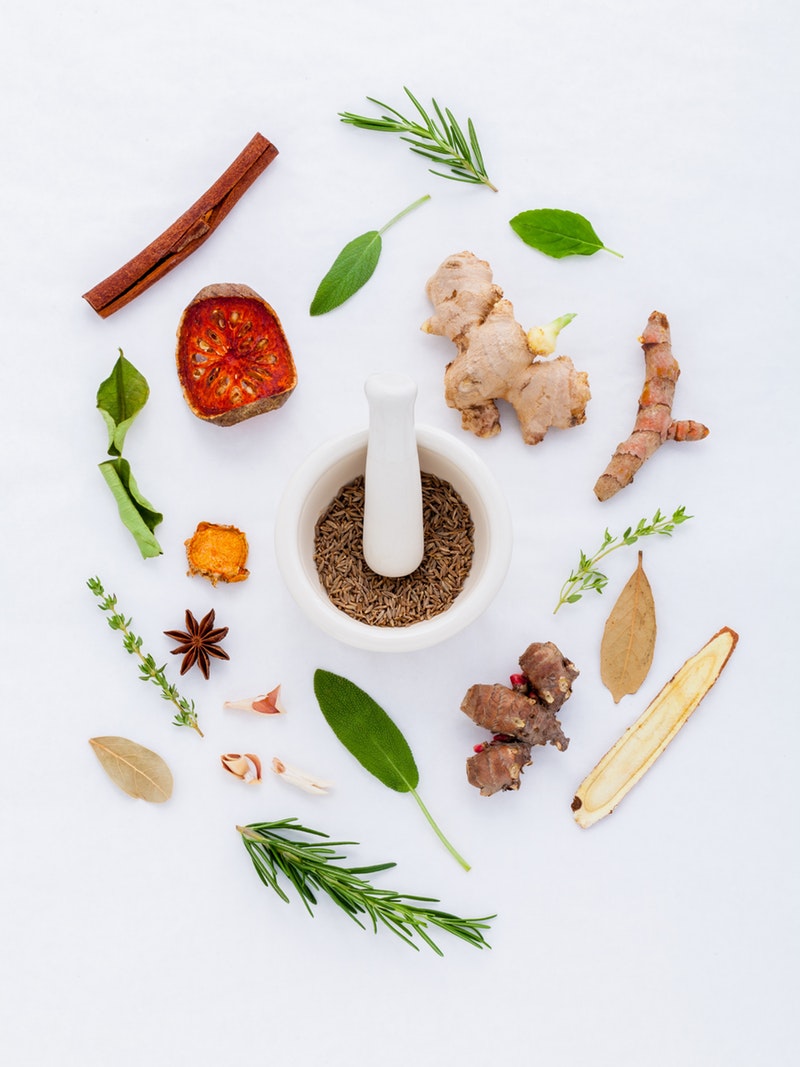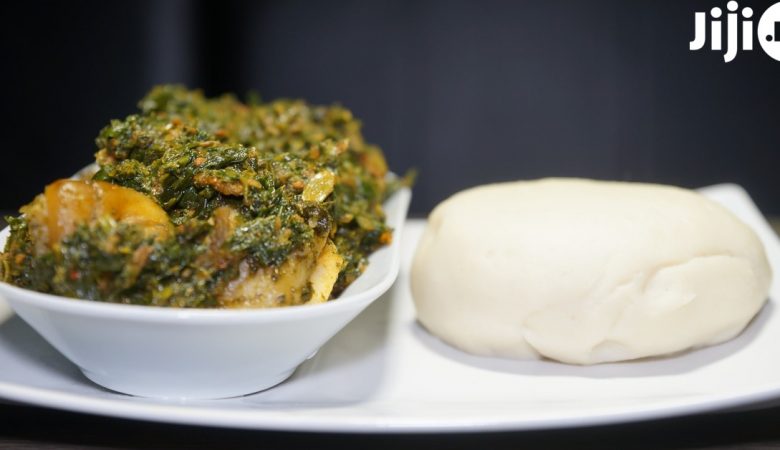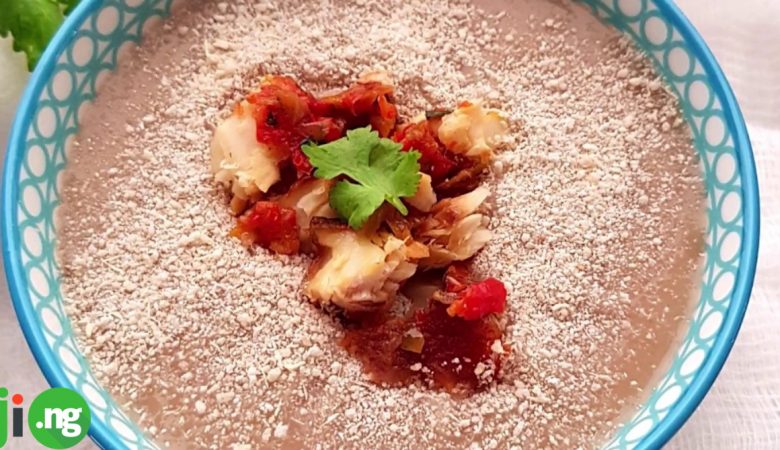Nutrition is a very complex subject, but the good news is that you don’t need to be a professional nutritionist to know what you eat – this is what food labels are for. Here is everything you need to know about reading food labels like a pro.
Shop high-quality meals and drinks in Nigeria on Jiji
1. Serving size
The serving size information is one of the most essential facts about the food you eat. You can take a normal bag of potato chips and unexpectedly find out that it contains two or even three servings instead of just one like you thought. The amount of servings per container or serving size of the food product determines how many calories and nutrients go into each serving.
Read more: 19 Best Ways To Cut Calories In Your Food
2. Calories
Calories are by far the most important line on any food label if you are watching your weight or try to lose excess fat. The key to a slimmer body is to eat fewer calories than you spend. The food label should contain the number of calories per 100 grams of food or per one serving, and in the latter case, you need to multiply this number by the number of servings you had in one sitting. For example, if your package of cookies contained two servings and you ate them all at once, multiply the number of calories per serving by two.

3. Fat
We are conditioned to think of fat as something that directly affects our weight, but the truth is that fat is not that bad when it is taken in moderation and is mostly unsaturated fat. What you should really pay attention to is trans fat and saturated fat. It has a direct link to heart diseases and a number of other conditions and is best to be avoided.
4. Carbohydrates
Carbohydrates are possibly the most polarizing nutrient on a typical food label simply because carbs can be both good and bad for your health and weight. Good carbohydrates are called dietary fiber, which is contained in fruits, vegetables, and whole-grain products. They not only help you keep your weight healthy, but also fill you up and give you long-term energy.
Other carbohydrates, including sugars, are less beneficial for your health, so the fewer carbs your food contains, the better, with an exception of dietary fiber. Sugar can actually be listed under different names, including high fructose corn syrup, invert sugar, and dextrose, so you should also watch out for those.
5. Protein
With protein, it’s very easy: the more protein your food contains, the better. Protein is the most important muscle-building material, so it’s particularly important for athletes. Regular people can also benefit from protein, since it’s very filling and positively affects your weight.
Read more: 8 Foods That Are Surprisingly Rich In Protein

6. Sodium
Sodium should be listed on the food label separately, and its amount is something you should always consider when buying food products. A healthy adult person should keep the sodium intake to 2,300 mg per day, or less than 1 teaspoon, and that includes the foods you cook at home, so the less sodium is contained in each food product, the better.
7. Daily value
The daily value, or DV, reflects the amount of a certain nutrient that the food product contains in relation to the recommended amount of the nutrient that should be consumed by a healthy adult. The daily value is calculated based on the 2,000 calorie intake, so if your ideal calorie intake is more or less than that, you should adjust the % DV to your situation.
8. Ingredients
If you’re the type of person who wants to know exactly what goes into their body, you should also know that the ingredients on a food label are listed from the biggest to smallest amount. So if you are looking at a bottle of ketchup that has water or sugar above tomatoes, you can instantly know it’s not a very good product. You should also use this list if you have any known allergies – the more of the allergen is contained in the product, the higher the chance of an allergy episode is.
Read more: 10 Foods That Seem Healthy But Are Actually Bad For You

Buy and sell with confidence from your phone using the Jiji app









